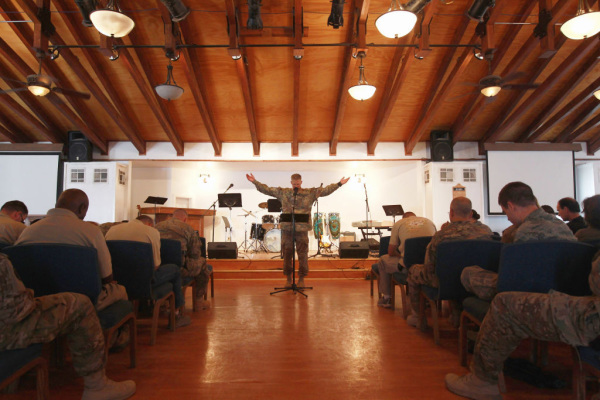Archaeological Discovery Supports Scripture
Israeli archeologist Eilat Mazar has reported an exciting discovery-evidence that newly unearthed fortifications in Jerusalem were built 3,000 years ago. Based on the age of pottery shards that she found at the site, Mazar believes that the fortifications were built by Solomon, just as described in the Old Testament.
Of course that's interesting news for Jews and Christians, but there's a lot more to this than you might expect. As the Associated Press reported, "If the age of the wall is correct, the finding would be an indication that Jerusalem was home to a strong central government that had the resources and manpower needed to build massive fortifications in the 10th century B.C."
That's a direct contradiction to the views of some scholars who believe, as the AP puts it, "that David's [and Solomon's] monarchy was largely mythical and that there was no strong government to speak of in that era."
No wonder that Mazar calls the wall "the most significant construction we have from First Temple days in Israel." And if she's right, we will have another link in the long chain of evidence that demonstrates the historical veracity of the Bible.
As I've said before on BreakPoint, discoveries like these are worth getting excited over-even though we need to be careful not to get too carried away by them. Every archeological, historical, or even scientific find that we make that supports the Scriptures is welcome news. They remind us that the Bible is a record of real people, places, and events-that as Dorothy L. Sayers put it, Jesus Christ was "born into history," not into mythology.
At a time when the veracity of the Bible is under attack from all sides, such reminders are always refreshing and encouraging.
Yet at the same time, the primary source of our beliefs must remain the Bible itself. I made this point several years ago when archaeologists discovered an ossuary-that is, a box for bones-marked "James...brother of Jesus." Even today there is controversy over the ossuary's authenticity.
But even if the discovery of an ossuary or a city wall corroborates what the Bible says, that does not make the biblical facts more factual-it simply confirms them. And as historian Paul Johnson says, the confirming evidence for scriptural accuracy is mounting-so much so that the skeptics, not the Christians, must fear the further course of scientific discovery.
But always remember-the Bible stands on its own credible witness, regardless of whether secondary sources confirm or seemingly contradict it.
If we get too caught up in each discovery that seems to support the Bible, we run the risk of building our faith on a less-than-solid foundation. And we run the risk of being disappointed and disillusioned should a certain artifact be somehow discredited.
Better to build our faith on the solid rock of God's Word-even as the evidence continues to mount, this time from a pile of ancient rubble pointing to the Word's veracity.
Several years ago, Paul Johnson gave a remarkable speech at Dallas Seminary called "A Historian Looks at Jesus." It's one of the best pieces on the accuracy of Scripture I've encountered.






















